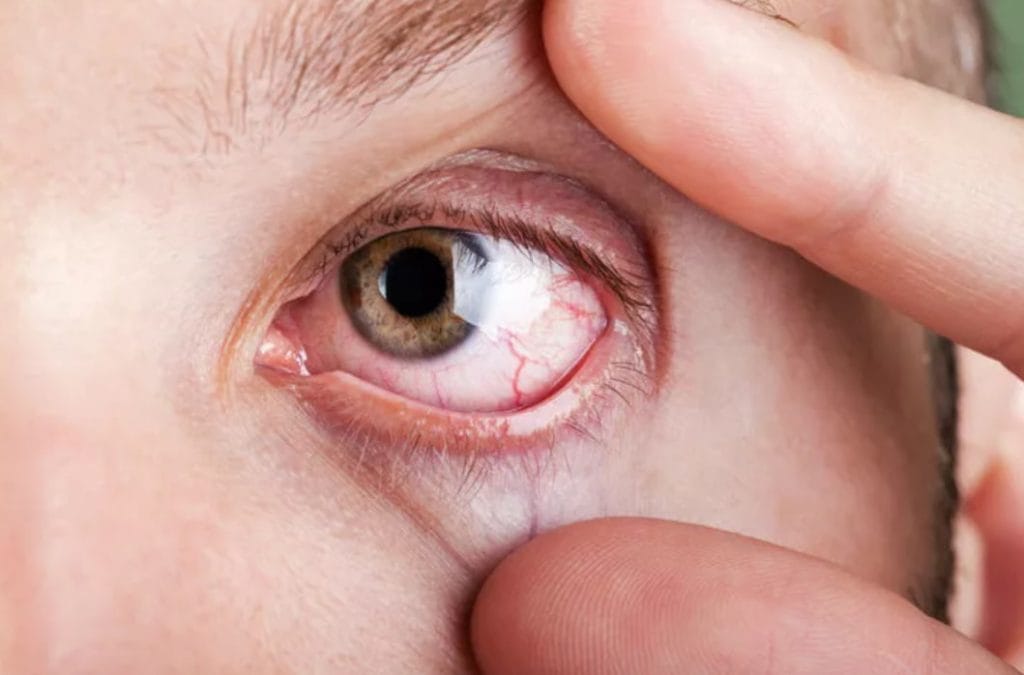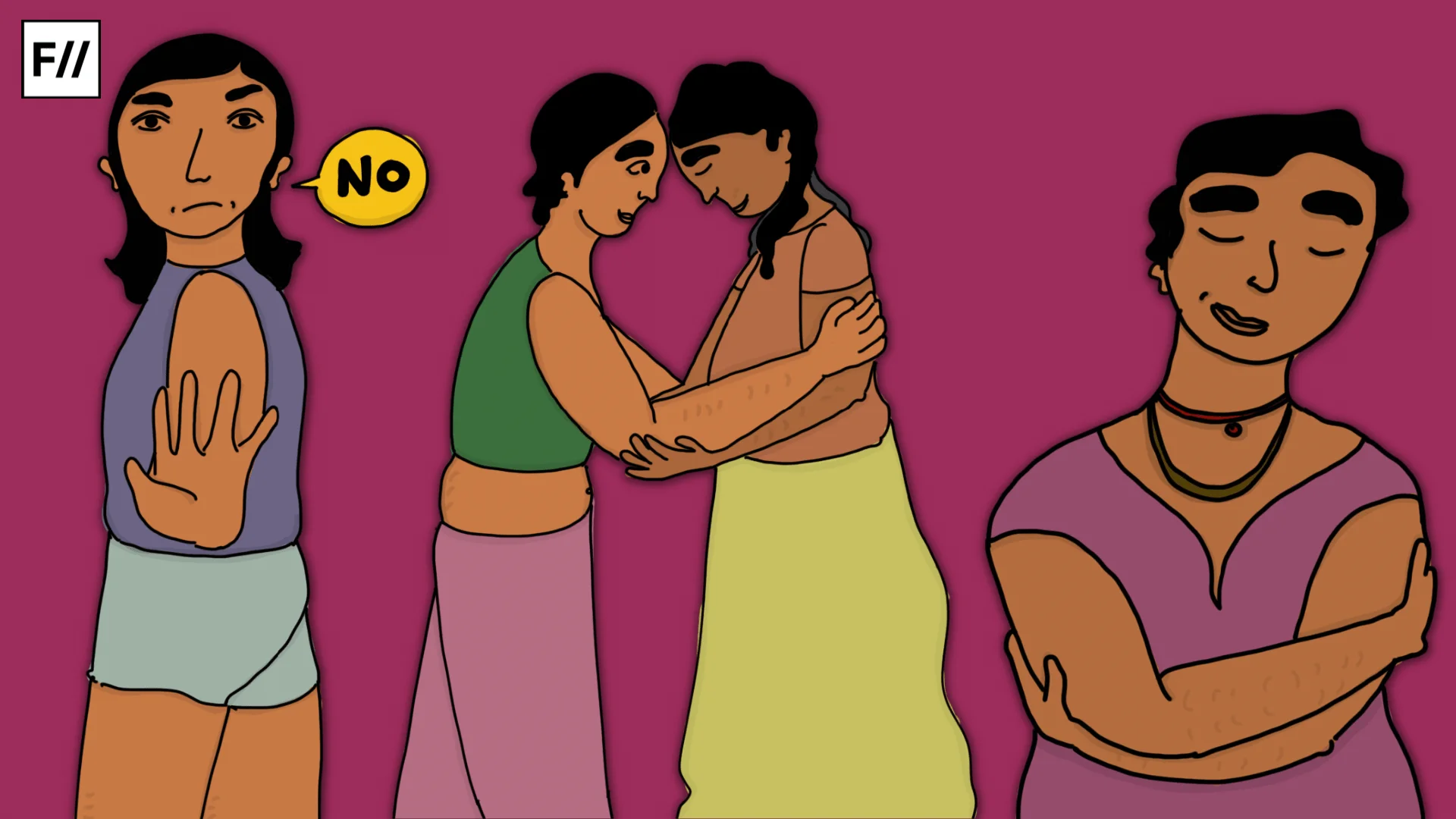Xerophthalmia is a condition that does not get much attention, but it can be dangerous to your eye health, especially when ignored. It is primarily caused by a deficiency in vitamin A and is seen most frequently in children and especially in underdeveloped countries. That said, it could happen to anyone, but mostly in individuals with nutritional deficits or those with pre-existing medical conditions.
If you’ve had dry eyes for no apparent reason, or difficulty seeing in the dark, you might want to read up about this condition. Now we will dig into what xerophthalmia is, how it happens, and signs to look out for, as well as what you can do to effectively prevent and treat it.
What is Xerophthalmia?
Xerophthalmia is a general term for dry eyes due to a chronic lack of vitamin A and is a progressive eye disease characterised by dryness of the conjunctiva and cornea. An insufficient supply of vitamin A will cause your eyes to stop creating moisture (tears), resulting in a thickening of the tissues and, if not treated promptly, ultimately lead to blindness.
Not just a dry eye disease. Depending on how it is treated, xerophthalmia can impact your night vision, destroy the surface of the eye, and lead to vision-threatening complications.
How common is Xerophthalmia?
Xerophthalmia remains a significant public health problem worldwide. An estimated 5–10 million children under 5 years are at risk of xerophthalmia due to vitamin A deficiency globally, according to the World Health Organisation (WHO).

Though much less common in developed nations because of fortified foods and medical services, it can happen. People who eat very restrictive diets, have disorders of absorption, or have chronic diseases are also at risk.
What causes Xerophthalmia?
If you’re aware of the causes of xerophthalmia, you or your family member can act sooner. And some of the most important things causing it are:
Poor Dietary Intake: This is the most typical reason. Those who do not eat enough foods high in vitamin A (dairy products, eggs, liver, or orange or green vegetables) are susceptible.
Absorption Disorders: Some medical conditions have the potential to impact how the body absorbs nutrients, vitamin A included, such as:
- Coeliac disease
- Crohn’s disease
- Liver disease
- Chronic diarrhoea
- Pancreatic insufficiency
Increased Vitamin A Needs: Your body requires more vitamin A when pregnant, breastfeeding, ill or even during infancy. Deficiency may progress faster if your diet does not fulfil these requirements.
Infections: The body of those already deficient is drained of vitamin A through diseases like measles or recurrent diarrhoea in children.
Recognising the symptoms
Recognition of xerophthalmia symptoms at an early age can prevent long-term damage. The symptoms appear in sequence and get worse as:
- Night blindness: Trouble seeing in low light or at night.
- Conjunctiva becoming dry: The glabrous portion of the eye appears dull; the eye feels dry.
- White foamy patches: The white foamy patches on the whites of the eyes, called Bitot’s spots.
- Dry, rough cornea: The eye’s front window becomes dry, rough and inflamed.
- Corneal ulceration: Painful, open wounds that can cause scarring.
- Blindness: In more severe cases, it can cause irreversible blindness.
What is the diagnosis technique for Xerophthalmia?
Xerophthalmia is generally diagnosed through clinical symptoms and dietary history; however, the diagnosis may be influenced by the local context of vaccine availability or specific treatment. Occasionally, blood tests can be performed to verify vitamin A amounts. The eye specialist will also look at the outside of the eye for signs that it is dry or damaged.
Treatment options
For patients diagnosed with xerophthalmia, the aim is to replenish storage of vitamin A, shield the eye surface, and reduce damage. Here are the common treatments that are done:
Vitamin A Supplementation: The best treatment is high-dose vitamin A supplements. It is usually given orally but, in serious cases, can be injected as well. In children, the WHO says dosage must be appropriate for the child’s age for safe and effective treatment.
Treating the Underlying Cause: If xerophthalmia is caused by a condition such as coeliac disease or a liver disorder, treating the underlying problem is critical for long-term recovery.
Eye Lubricants: Eye drops or ointments, such as artificial tears, help relieve dryness and protect the cornea. They also help in healing in milder stages.
Antibiotics or Antivirals: If your eye is infected or damaged, your doctor may provide antibiotics to prevent complications, corneal ulcers, or secondary infections.
Minimizing xerophthalmia risks
As always, it is easier to prevent than to cure and xerophthalmia is no exception to this rule. Here’s how to mitigate some of these risks:
Eat Foods High in Vitamin A
Some foods that are naturally high in vitamin A and beta-carotene (a compound that the body may convert into vitamin A) are:
- Liver
- Eggs
- Whole milk and dairy products
- Carrots
- Sweet potatoes
- Spinach
- Kale
- Mangoes
- Papayas
Including these regularly can maintain your vitamin A status and support healthy vision.
Consume Healthy Fats
Vitamin A is fat-soluble, so when you eat it with healthy fats like olive oil, ghee, nuts, or even meat, the absorption is better.
Breastfeed Infants
Exclusive breastfeeding during the first 6 months of life supplies beneficial nutrients, including vitamin A, followed by continued breastfeeding alongside the introduction of solid foods that promote healthy growth in infants.
Vaccinate Against Measles
Conditions such as measles can exacerbate or even cause vitamin A deficiency. Ensure that all childhood vaccinations are given
In Chronic Illness, Monitor Health
If you (or a loved one) have a disorder that impacts digestion (like Celiac disease) or liver function (like non-alcoholic fatty liver disease), regular check-ups and nutritional assessments can avert nutrient deficiencies from turning into more serious conditions.
Special dietary tips
In addition to eating vitamin A-rich foods, you may also consider:
- On a daily basis, incorporating orange-coloured vegetables and fruits
- Consumption through fortified foods such as cereals and margarine
- Steering clear of nutrient-poor, highly processed styles of eating
Those with vegetarian and vegan lifestyles should be mindful of the plant sources of beta-carotene and potentially fortified products or supplements.

Xerophthalmia is a serious eye disease caused by vitamin A deficiency. It can be prevented and treated with appropriate care and awareness. By being aware of the symptoms, following a good diet, and reacting quickly if dryness or night vision difficulties occur, you can help protect your sight.
If you are already suffering from dry eyes or discomfort, you can use treatments like Carboxy Methyl Cellulose eye drops, which can provide relief by lubricating the ocular surface. Sunlight, good nutrition, and medical care are all that you need to protect your eyes from the dangers and effects of xerophthalmia.
About the author(s)
Partner Content is carefully curated and socially relevant sponsored content created by FII's marketing team. It is separate from FII's editorial content and is identified as sponsored.




